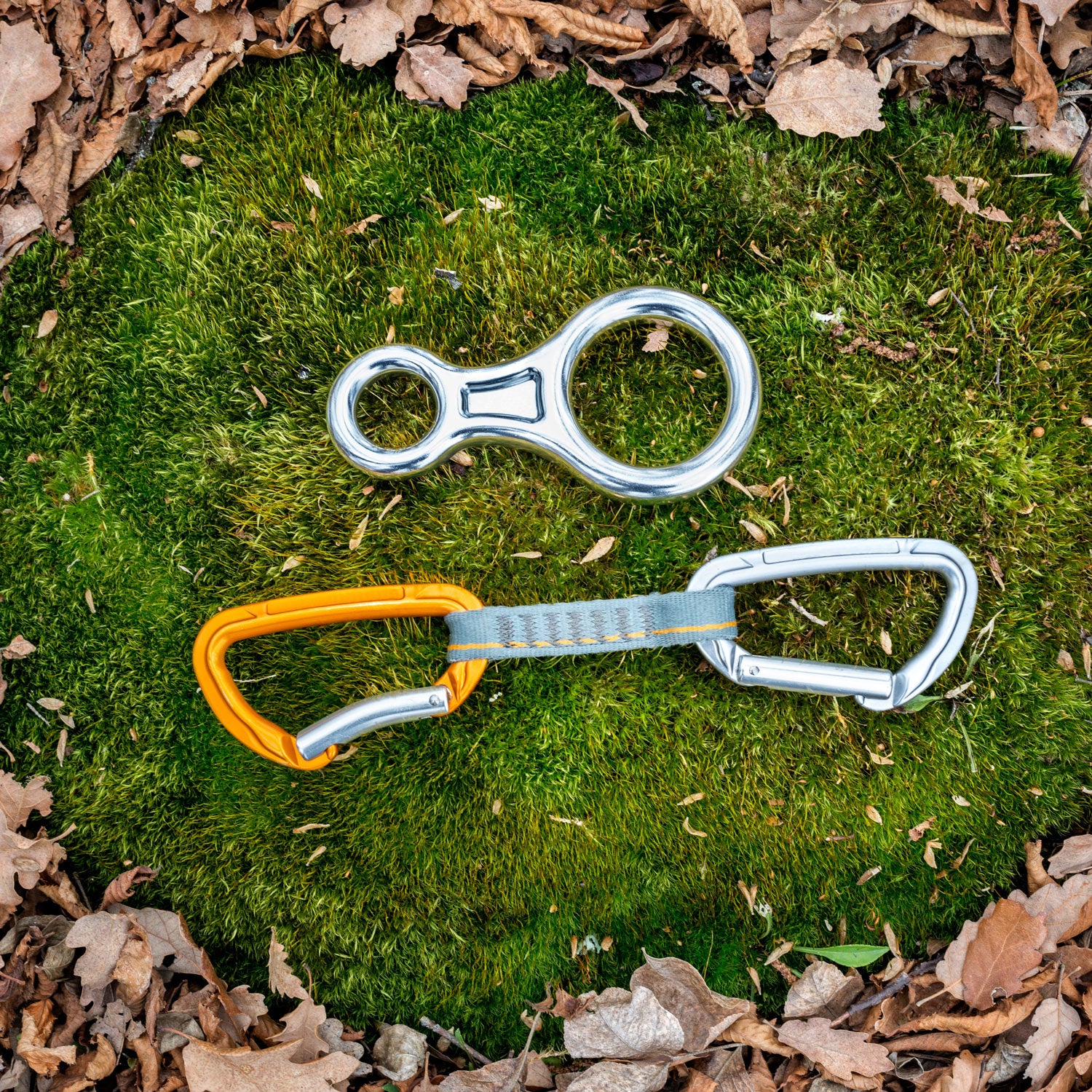I’m lucky. I get to test all the best, most expensive gear. Lots of what I see is really, really good, but I also try to remind myself that I came from dirtbag roots (living out of a truck, river guiding) and always found a way to have fun no matter what gear I was using. The same goes for the rest of the ���ϳԹ��� staff. Everyone here has a favorite new jacket, ski, or boot, but you’d be hard-pressed to get them to part with their basic, straightforward, nothing-fancy standby. Here’s a list of those items.
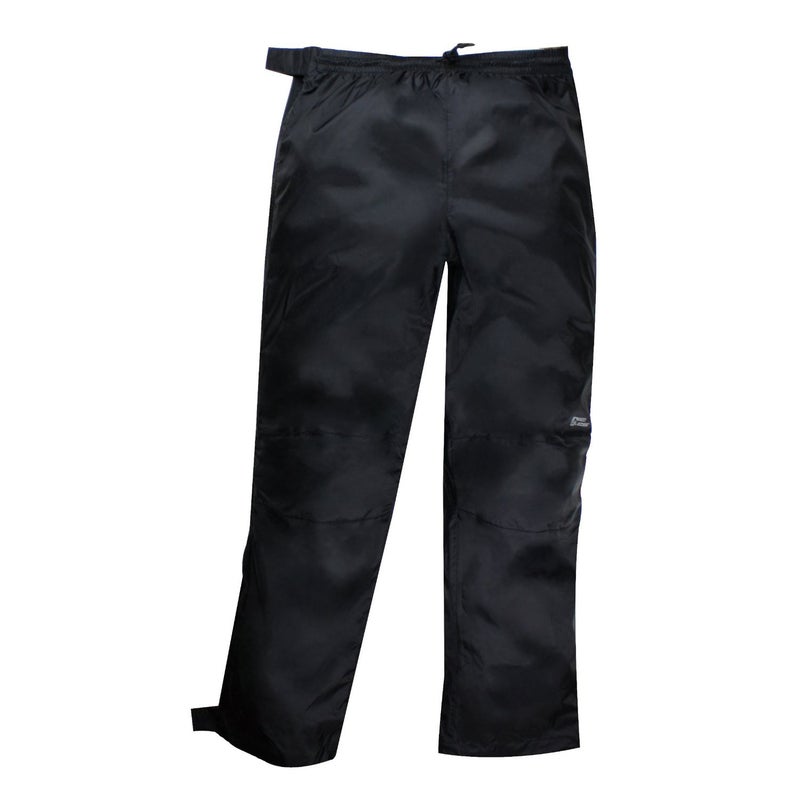
Red Ledge Thunderlight Full-Zip Rain Pants ($55)
I’ve spent the past seven summers working on a trail crew in Montana. It’s a tough gig, and we always keep working, no matter the weather. Everyone on the crew has their favorite rain shell, but for pants, almost all of us wear from Red Ledge. They aren’t made from fancy material and don’t breathe particularly well, but we like them for the full-zip side. They splay open and can be quickly slipped over work pants and boots. These pants are also light (eight ounces) and don’t take up much room in a pack. When they tear, which they do after a while, it’s not a huge expense to get a replacement pair. —Charlie Ebbers, editorial fellow
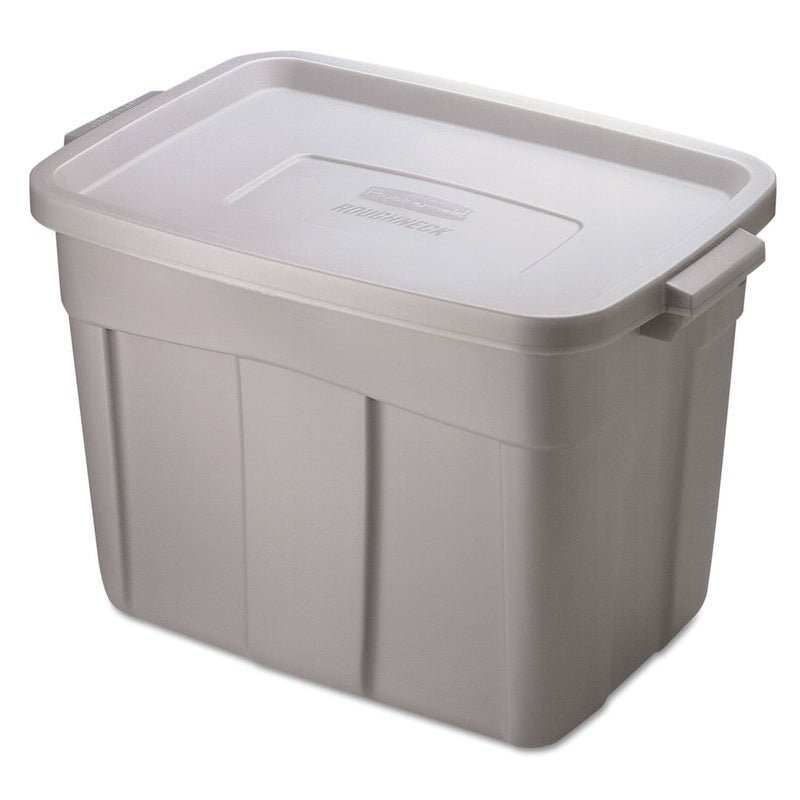
Rubbermaid 18-Gallon Storage Tote ($20)
As you might expect, I have a lot of gear. That means gear organization is key if I want to get out the door. My go-to: . Each activity—kayaking, surfing, skiing (resort and backcountry), trail running, backpacking, cycling (road and MTB)—gets its own bin in the garage so I can just pull, kit up, and go. I’ve also found that bins help with spontaneous trips. My wife and I will get an idea and actually follow through instead of getting bogged down when we can’t find our gear. Pro tip: be disciplined about cleaning, drying, and organizing your gear after your adventure. Even if it’s late on a Sunday and you’re exhausted, deal with everything so it’s ready the next time you head out. —Joe Jackson, columnist
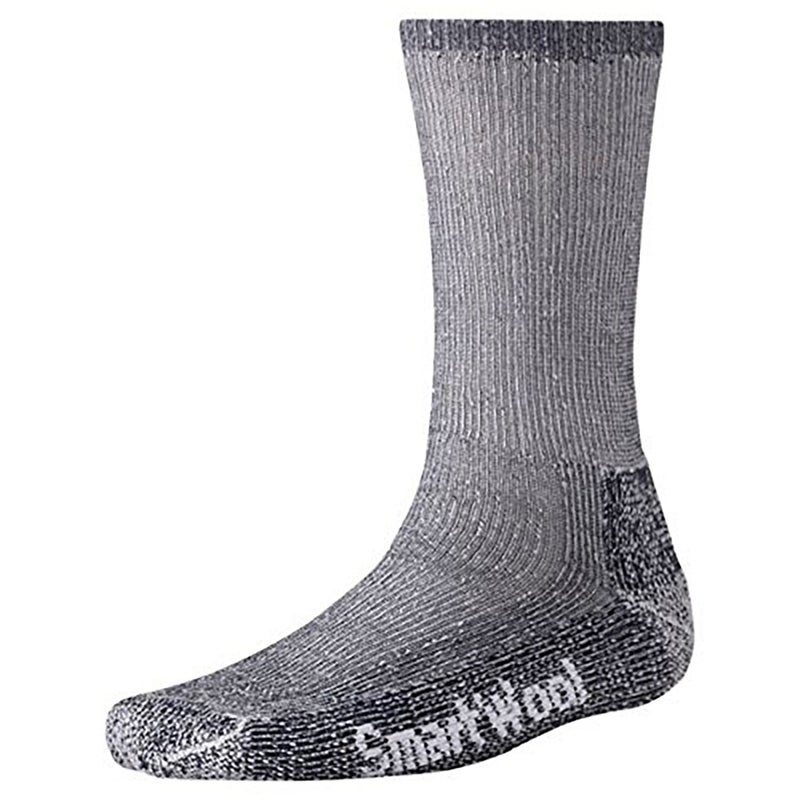
Smartwool Socks ($21)
I grew up in Florida, but somehow my family still collectively owned four pairs of thick, midcalf, —year of production, size, and intended sex unknown, though my best guess is forever ago, small, and men’s. My mom gave them all to me when I left for college in Chicago, and I’ve grown more attached to these socks with each passing year. They’re with me for most every outdoor pursuit: low-motivation winter runs, camping trips, ski days. I sleep in them. I pad around my house in them (bare feet freak me out, maybe because I’ve grown so used to my Smartwooled feet). I wear two pairs at a time and pretend I didn’t buy hiking boots two sizes too big just because they were discounted. I really can’t explain how they’ve held up this long, considering that every other sock I own sprouts at least one hole within a year of use. All I know is that my Smartwools are a testament to the magic of truly well-made socks. —Erin Berger, associate editor
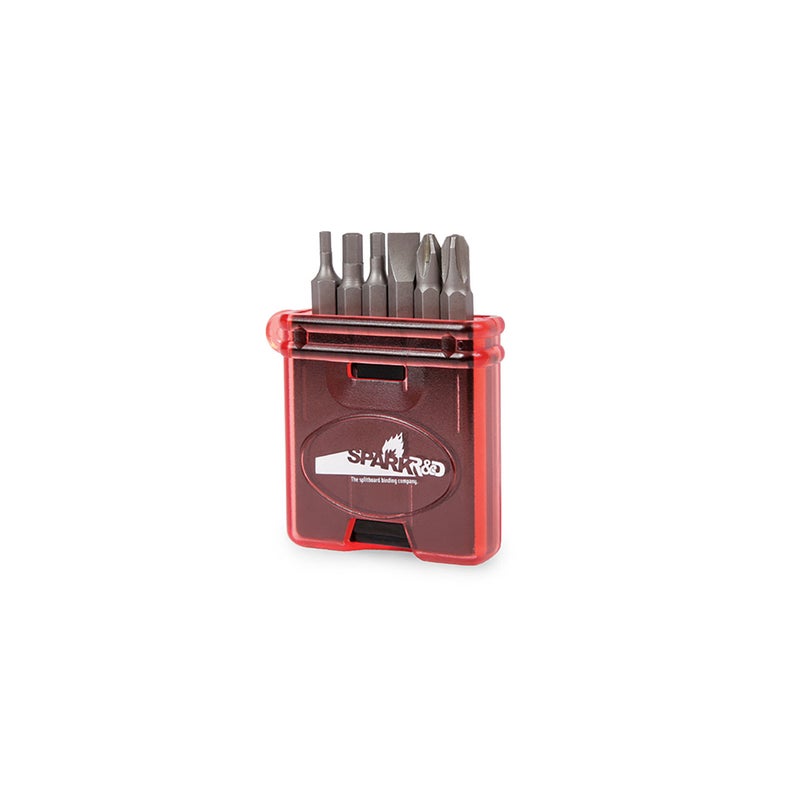
Spark R&D Splitboard Tool ($10)
Anyone whose binding hardware has ever gone slack mid-shralp understands the value of a part-specific multitool in the backcountry. Spark’s is, unsurprisingly, oriented toward its own line of bindings, but if that’s what you ride, this is the tool you need. There are exactly six heads, corresponding to the six bolts and screws used in Spark’s binding and puck-mount assemblies—all combined into a sturdy block no larger than a pad of Post-it Notes. Slide the drawer out of the housing, fold the tool you need forward, and then slide it back in. The shape seems weird until you realize it provides the leverage necessary to muscle a stubborn hex bolt into compliance—a design asset other pocket MacGyvers could benefit from. It has saved my ass everywhere from an icy exposed face deep in the San Juans to the parking lot of the humble local skin track. It’s the first thing I make sure is in my pack and the last thing you’ll pry from my cold, dead hands. —Sean Cooper, copy chief
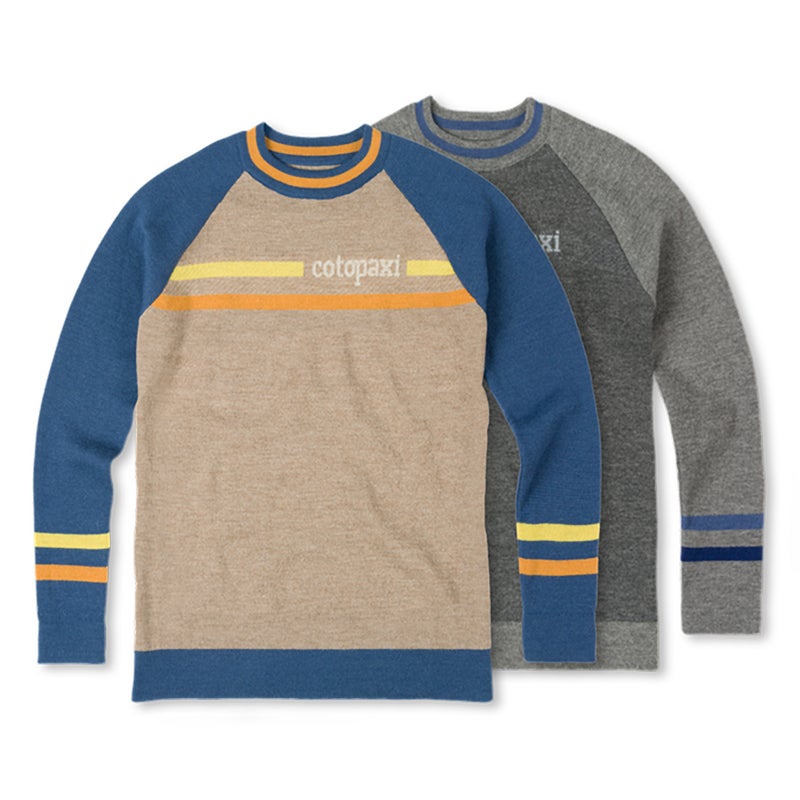
Cotopaxi Libre Sweater ($100)
As I write this paragraph, I’m sitting here in my ���ϳԹ��� office wearing the Cotopaxi sweater. I also wore it this morning on my bike commute to work and as a midlayer on the skin track last weekend. I’ll probably be wearing it on the plane tomorrow when I fly to Denver for the SIA trade show. It’s my favorite winter layer because it marries design and materials so well. The llama wool is warm, breathes, and wicks sweat as well as any material out there. But Cotopaxi made this sweater better than the rest with a couple smart tweaks. My favorite feature: the perforated back. Small holes knit into the fabric allows the Libre to dump extra heat so I’m not sopping wet when I ride into work or summit the ski area. The cuffs and hem have the perfect amount of stretch so they stay put under a shell but look great over a button-down shirt. And like everything Cotopaxi makes, the colors are beautiful. I currently have one model but can’t wait to get my hands on the rest when they drop in the spring. —Jakob Schiller, associate editor
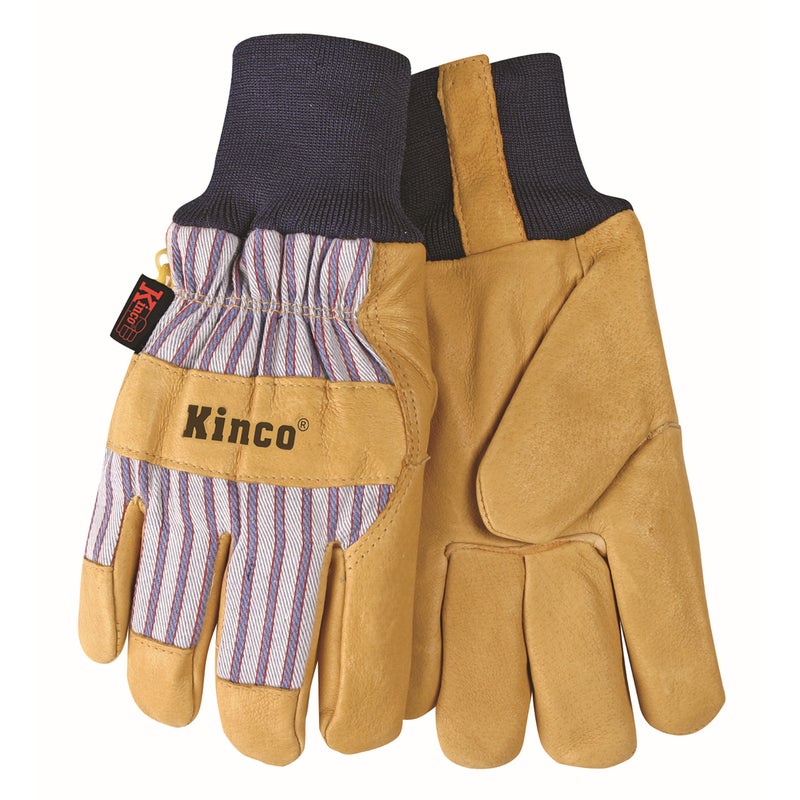
Kinco Ski Gloves ($20)
I bought my first pair of when I was 14 because I thought skiers who wore leather gloves looked cool. That and I couldn’t afford a pair Hestras. Many years and many pairs of Hestra gloves later, I still find myself reaching for my Kincos when heading out to skin up the local mountain before work. The reinforced pigskin leather is tough, and the thermal lining is warm enough for most days on the slopes. These gloves are even waterproof when you rub them with Sno-Seal and bake them in the oven. My favorite part is that they’re only $20, so I don’t really mind when I leave them on the top of my car before driving home after a day on the mountain. —Ben Fox, editorial assistant
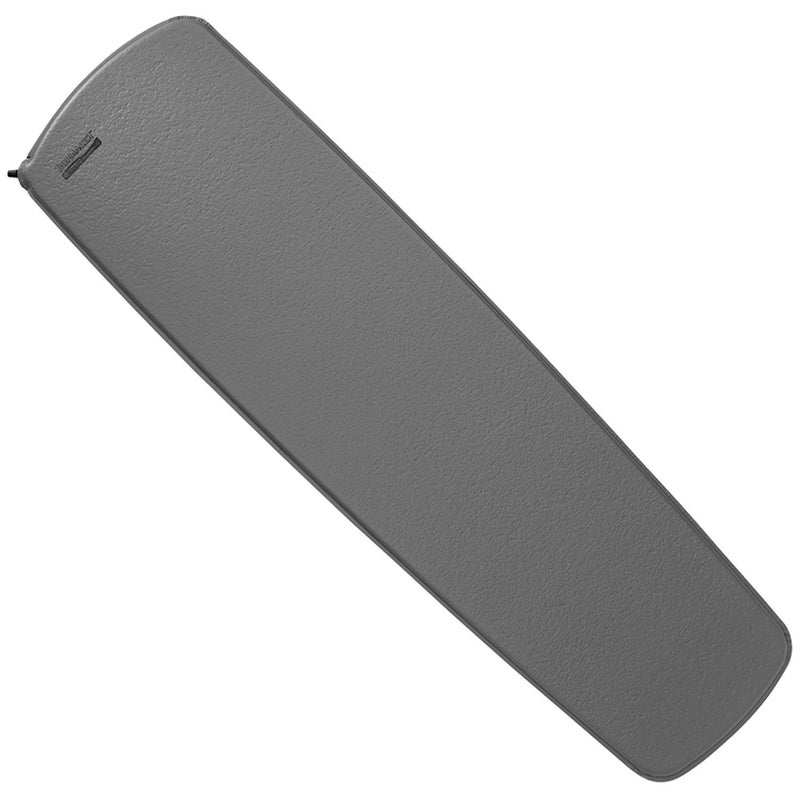
Therm-a-Rest Pad ($50)
Our car camping has become pretty cush—we own the Cadillac of sleeping pads, so big and plush that it feels like you’re blissfully adrift on a pool floatie. On a few lazy occasions, we have even toted an entire queen-size air mattress into the tent for a stupidly deluxe night of dispersement camping. But more often than not, we grab our decade-old, patched a thousand times Therm-a-Rest backpacking . They’re just over an inch thick, self-inflating, and pack down to nothing. They’re sturdy and uncomplicated, and I’ve yet to have a bad night on one. —Erin Ladd, marketing manager


